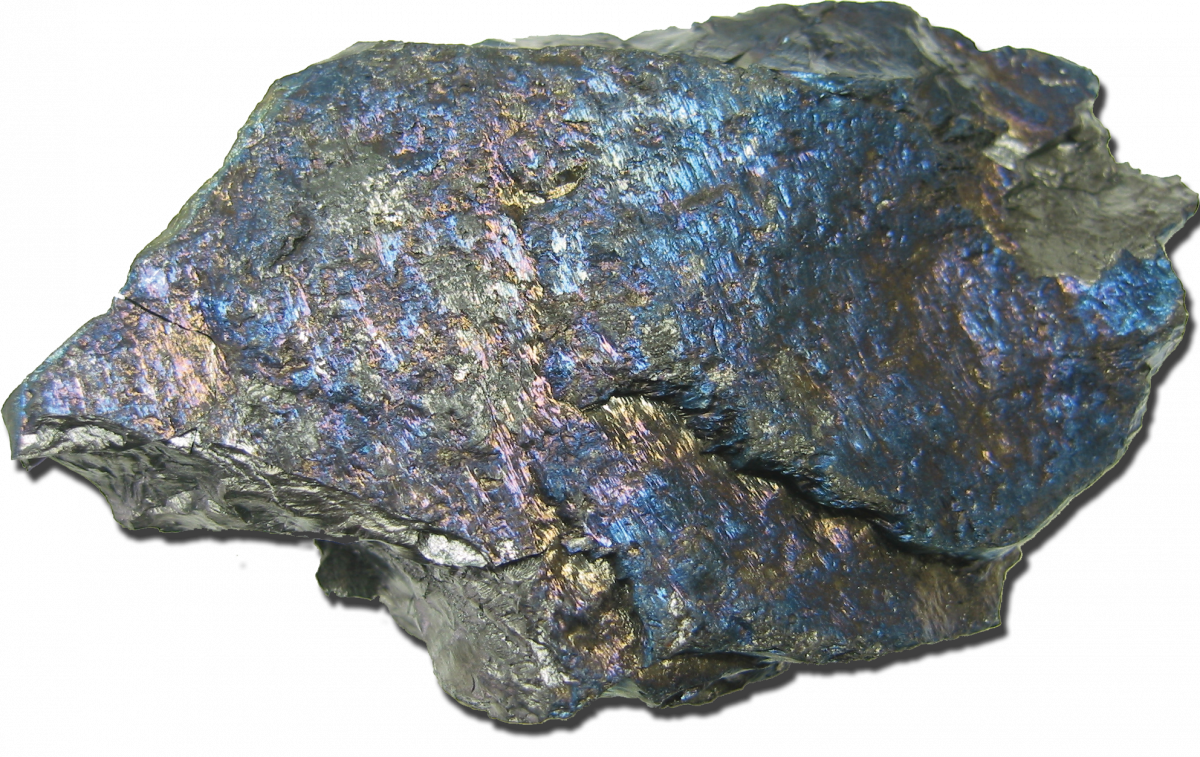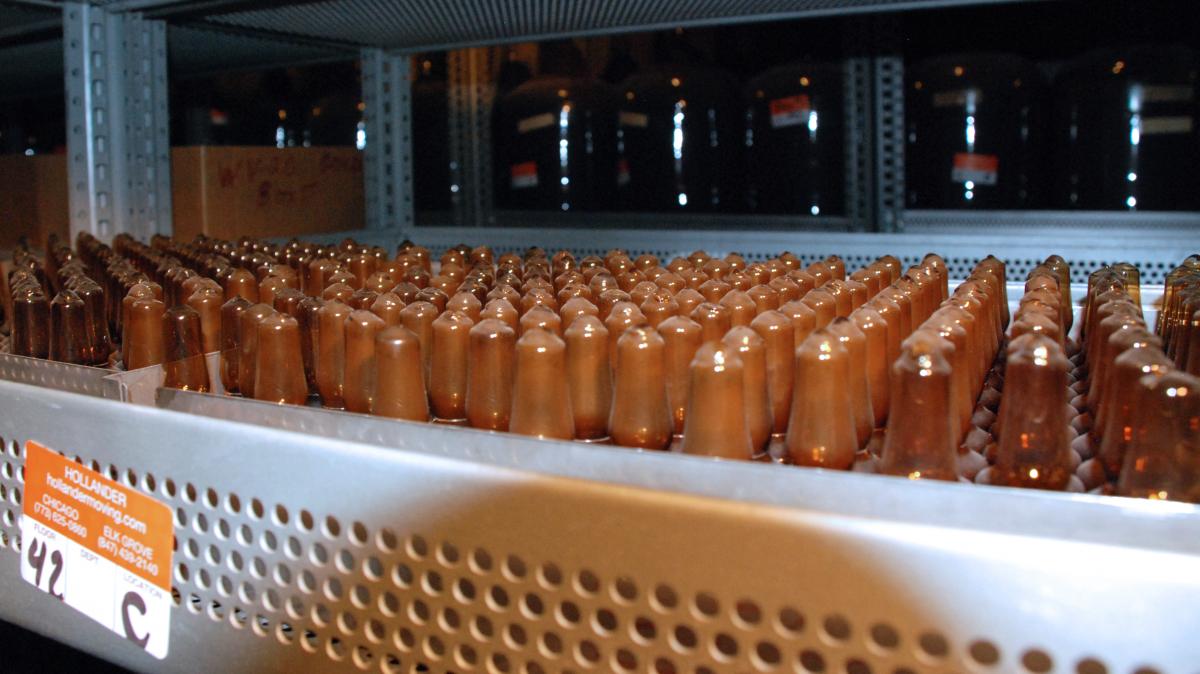 The EMS Energy Institute recently acquired the Argonne Premium Coal Sample Bank, one of the most extensively used sample banks in the world. Argonne National Laboratory, where the coals were previously housed, is no longer active in coal research. However, the research significance of these coals made it essential to find a new location where the samples could be maintained properly and continue to be distributed.
The EMS Energy Institute recently acquired the Argonne Premium Coal Sample Bank, one of the most extensively used sample banks in the world. Argonne National Laboratory, where the coals were previously housed, is no longer active in coal research. However, the research significance of these coals made it essential to find a new location where the samples could be maintained properly and continue to be distributed.
Penn State has a long history of coal research dating back to the 1930s. In 1957, the College of Earth and Mineral Sciences officially established its coal research program. Ten years later, with funding from the U.S. Department of Energy, the College developed the Penn State Coal Sample Bank and Database. Today the EMS Energy Institute continues to be an active center for coal research with a significant percentage of our funding tied to coal programs. Funding from various federal and state government agencies has allowed the Institute to continue operating as well as gradually expand the collection. The Penn State sample bank holds 38 well-preserved Department of Energy coal samples and nearly 500 historical samples as well as analytical data on 1,270 samples. The coals in this collection represent a wide spectrum of the major coalfields of the United States and were selected in order to achieve a useful distribution of important coals by rank, geologic province, maceral composition, sulfur content and forms, ash yield, and composition.
The Argonne coals are a valuable complement to the Institute’s existing sample bank. The Argonne sample bank contains eight coals, including lignite, subbituminous coal, high volatile, medium volatile, and low volatile bituminous coal, as well as a liptinite-rich, an inertinite-rich, and a coking coal. The samples in this collection are as chemically and physically identical as possible. They are well characterized and packaged to be stable over long periods of time.
The Argonne Premium Coal Sample Bank was conceived in 1981 at a coal sample bank workshop. Funding for the sample bank was later made available from the Division of Chemical Sciences of the Office of Basic Energy Sciences of the U. S. Department of Energy. From 1983 to 1985 Argonne National Laboratory designed and built a facility to house the samples. Since then, over 33,000 samples have been shipped to government, academic, and industrial researchers all over the world, according to Argonne National Laboratory.
The Argonne coals, mined from locations selected to represent significant differences among the available coal types in the United States, have been packaged in humid nitrogen environments as free of oxygen as possible and carefully characterized by a variety of techniques. About 80 percent of the samples are sealed in five-gallon carboys for storage and the remaining are sealed in glass ampules for distribution. Because of the premium quality and sample uniformity, these coals are ideal for researchers to generate comparable results with other labs and to determine if apparent difference in results between two laboratories is due to the samples or the experimental technique.
 The Argonne coal collection is an important acquisition for the Institute because it serves a different purpose than the Penn State sample bank. Researchers can now look to the Institute to provide them with coal samples for any of their research needs. In addition, the Institute’s faculty and staff can provide assistance in identifying samples that match specifications or best suit a researcher’s needs. For more information on our sample banks, visit the outreach section of our website, www.energy.psu.edu/energyoutreach.
The Argonne coal collection is an important acquisition for the Institute because it serves a different purpose than the Penn State sample bank. Researchers can now look to the Institute to provide them with coal samples for any of their research needs. In addition, the Institute’s faculty and staff can provide assistance in identifying samples that match specifications or best suit a researcher’s needs. For more information on our sample banks, visit the outreach section of our website, www.energy.psu.edu/energyoutreach.

